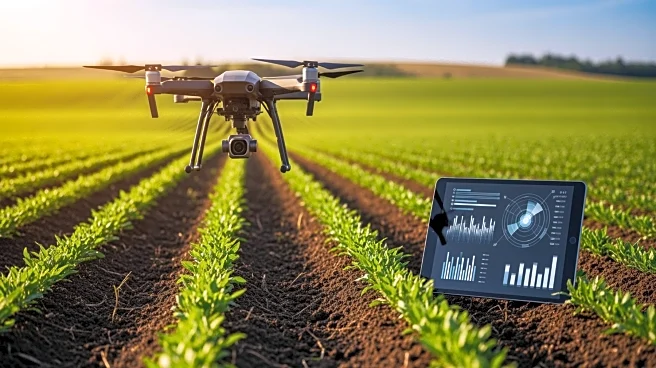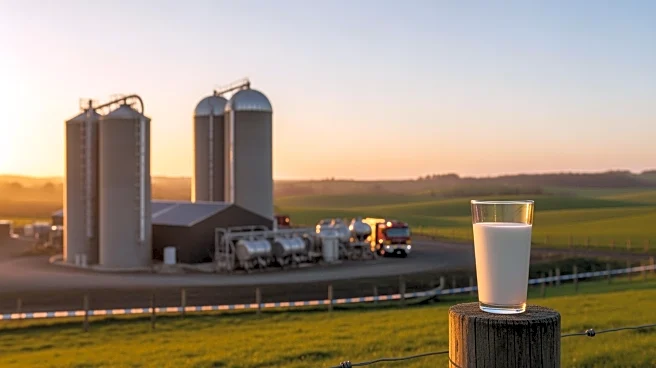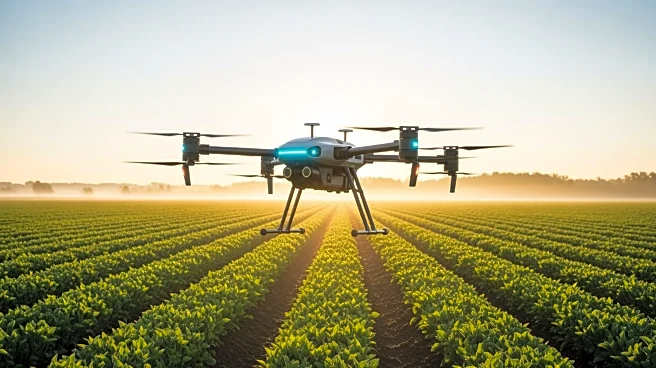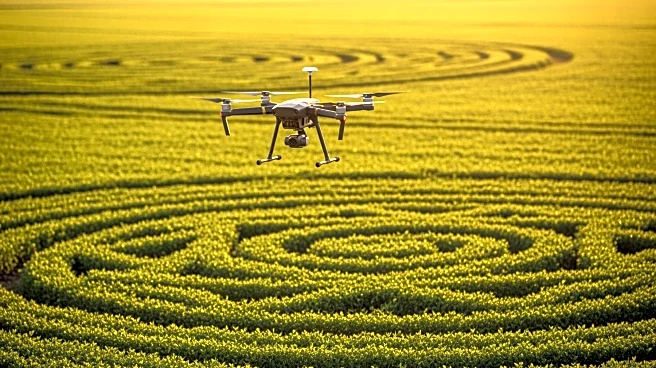What's Happening?
The vertical farming market is expected to grow significantly, with projections indicating an increase from USD 9.023 billion in 2025 to USD 58.83 billion by 2035. This growth is driven by the demand for
sustainable agriculture, urbanization, and technological advancements in controlled-environment farming. Vertical farming solutions are being adopted across commercial, industrial, and urban agriculture sectors, with key drivers including the need for sustainable agriculture, limited arable land, and technological advancements. The market is segmented by system type, crop type, and component, with hydroponics being the dominant system type. North America leads the market due to early adoption and a focus on food sustainability.
Why It's Important?
The expansion of the vertical farming market is crucial for addressing food security and environmental sustainability. As urbanization increases and arable land becomes scarce, vertical farming offers a solution for efficient space utilization and year-round crop production. The adoption of innovative systems like hydroponics, aeroponics, and aquaponics enhances resource efficiency and sustainability, reducing water and resource usage. This growth presents opportunities for urban agriculture expansion, technological integration, and sustainable farming practices, potentially transforming the agricultural landscape and providing fresh, locally grown produce.












